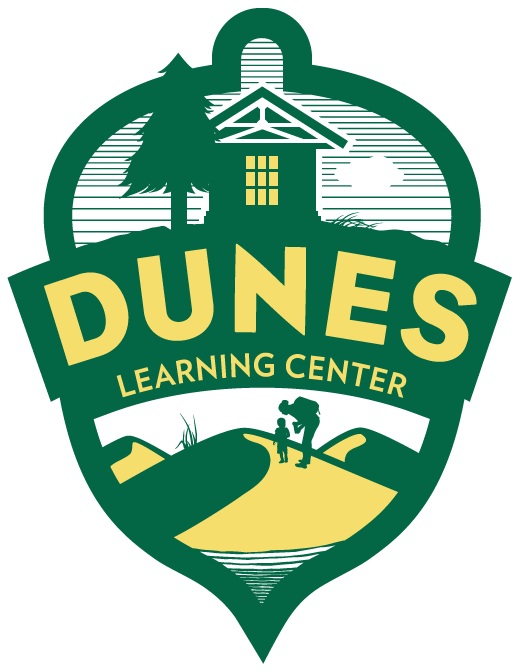Sounds of the Dunes
/While leading trail groups on Cowles Bog, I always try to set aside a few minutes for the group to try a silent walking activity so that they have a chance to observe the nature around them and take some time to themselves reflect. At the end of this activity, I ask them to share their observations, and I especially enjoy finding out the sounds they heard:
“Birds!”
“Wind!”
“A train whistle!”
“Crickets!”
“Crunchy leaves!”
The question of what sounds you hear while hiking might sound simple, but many students point out that they hadn’t even noticed that they could hear three different types of birds until we took the time to intentionally listen to the sounds around us.
In the spirit of this activity of making auditory observations, here are just a few examples of the sounds we hear on hikes around DLC:
Singing Sand
If you visit the Cowles Bog trail during just the right weather conditions, you might hear the sand squeak under your feet as you walk. This is because the sand in this area has a higher proportion of silica (quartz), causing the grains of sand to “sing” when they rub against each other. The first time I actually experienced this phenomenon on a practice hike of Cowles Bog, I had the same glee as one of the students when they see a salamander for the first time. On days when the sand sings, I encourage my students to try out sliding their feet on the sand partly because it’s just plain fun and also because it’s yet another way for them to forge a new connection with the landscape of the dunes.
Owl Calls
Even on the nights when we don’t end up hearing a Barred Owl nearby, students enjoy imitating its characteristic “Who cooks for you?” call during night hikes. After I introduce the mnemonic to them, many students will periodically hoot behind me during the rest of the hike. Night hikes can be nerve-wracking for many students, so talking about some of the sounds they might hear helps the soundscape feel more familiar and hopefully not quite so scary.
Humans!
When I do the silent observation walk with students, one of them inevitably brings up that they heard one of their peers talking or whispering, usually expecting me to scold the other student for talking during our silent time. Instead, this is a great opportunity to bring up the many ways that humans influence the soundscape of the dunes. Whenever I tune into anything from another trail group chatting, to a train whistle, to my own footsteps, it reminds me that humans and the machines we create are just as much a part of the park’s ecosystems as any of the organisms we teach about on trail.
Hope Rogers
Interpretive Naturalist









